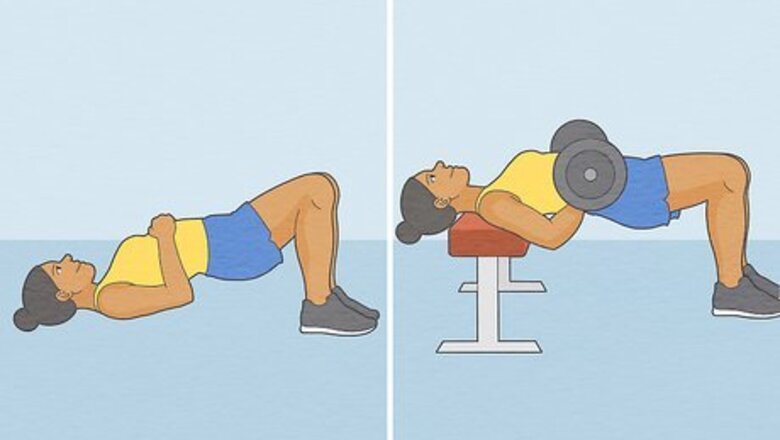
views
What’s the difference?
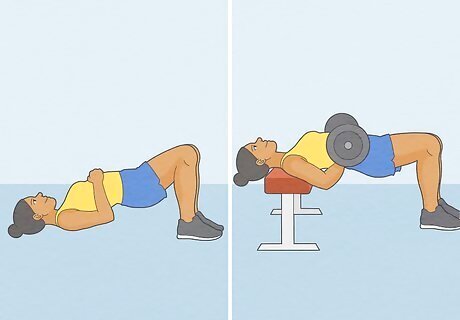
You do glute bridges from the ground, and hip thrusts against a bench. A glute bridge is an exercise where you lay with your back on the ground and your feet planted, and lift your hips up in the air to engage your glutes. To do a hip thrust, you lean your shoulders against a weight bench so that your body is propped up higher and then move your hips up in the air, usually with a dumbbell held over your lap. Both exercises use the glute muscles, but hip thrusts give you a wider range of motion in your exercise because your hips and shoulders are lifted. This helps you target the glute muscles more than other muscles in your legs.
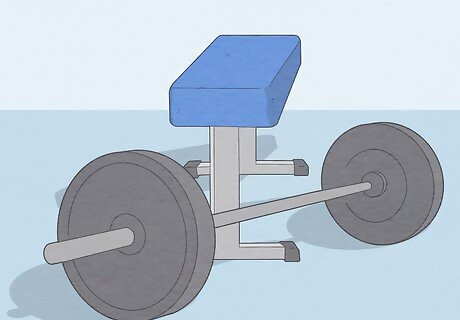
Hip thrusts require equipment, while glute bridges don’t. The most standard version of the glute bridge can be done with nothing more than a mat. But the mechanics of the hip thrusts require that you have something to lean against to hold the lifted position. Hip thrusts almost always use added weight, like a barbell, that you hold over your hips throughout the exercise. There are also hip thrust machines at some gyms.
Benefits of Glute Bridges
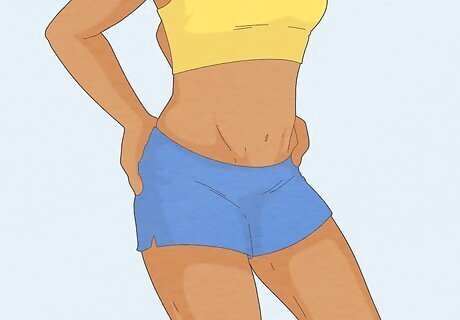
Glute bridges will help strengthen and stabilize your lower body. If the area around your hips and pelvis is weak, then other parts of your body like your back will try to compensate. This can result in pain or injury over time. Despite the name, glute bridges work out a variety of muscles other than just your glutes. They also use your hamstrings and core, and engage your spinal erectors, which are the muscles that stabilize the position of your spine and upper body. This is an effective exercise for stretching if you sit during most of the day.
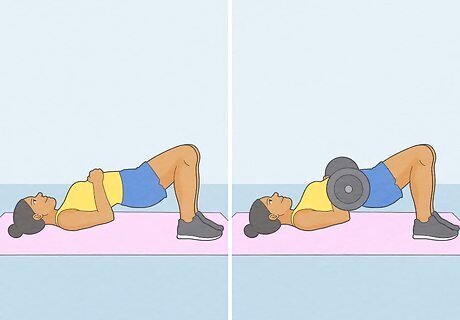
Glute bridges are good for beginners. This exercise doesn’t require any equipment, which makes it easy to try if you are new to working out. You can adjust the exercise to make it more difficult as you master the movement. To make the exercise more advanced, lift one leg in the air. This will make it more challenging to maintain stability, which engages your core. If you want to add weight, place a barbell or hand weight over your hips. Hold the weight securely while you move.
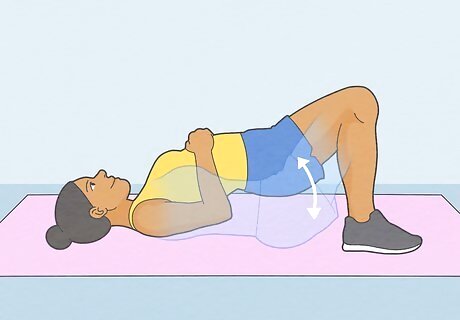
Glute bridges can be a warmup or a workout. Glute bridges help open your hips and engage your glutes so that your body is prepared for more demanding movements. But you can also do a high amount of glute bridge repetitions as a workout. It’s important to warm up your glutes before you do any lower-body exercise. If you don’t warm them up completely, this can make your glutes “misfire,” meaning they don’t reach their full potential and you compensate by using your knees or lower back instead. It’s also a good idea to foam roll over your hips and back before you do a lower body workout if they’re feeling tight.
Benefits of Hip Thrusts
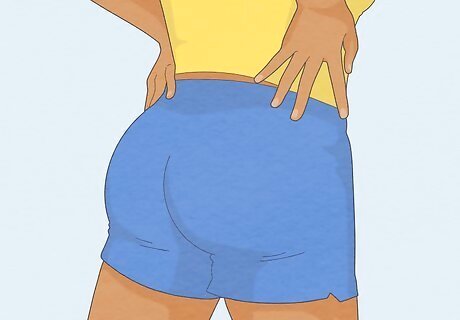
Hip thrusts are great for developing glute muscles. This exercise keeps your muscles under tension for the entire movement, from the top to the bottom of the exercise. It also helps you develop the muscles in your glutes because it targets your glutes more directly by limiting the motion of your hamstrings and knees. The hip thrust will help you run faster because it replicates the horizontal force you send into the ground during a sprint.
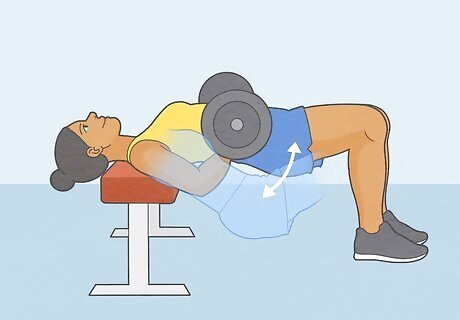
Hip thrusts make it easy to create strength goals. Because you can load weight onto your barbell over your hips, you’re able to make strength goals based on the weight you’re adding and how many repetitions you can perform. This can make it simpler and more tangible to track progress as you get stronger.
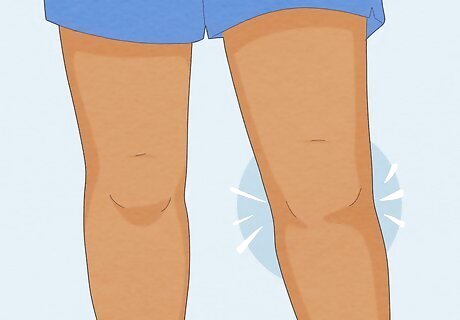
Hip thrusts have a reduced injury risk. Compared to other lower body exercises, hip thrusts are hard to do so incorrectly that you hurt yourself. The main risk is overextending your hips or lifting with your lower back, but these can be easily avoided with correct form. Movements like the deadlift, where you lift a barbell from the ground, are intended to work the same muscle groups in your legs but have a high injury risk for the lower back, core, and hips. If you are a female athlete who plays field sports, doing hip thrusts can be helpful for preventing ACL tears and other injuries near your knees.
Which one should you choose?
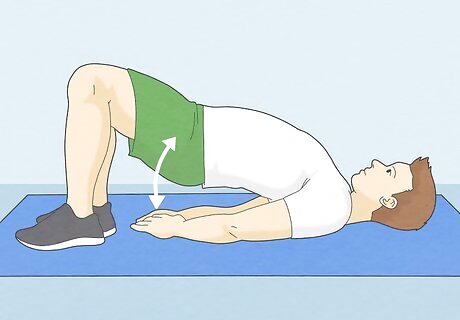
Start with glute bridges if you’re new to the gym. Glute bridges are great for beginners because you can focus on your form and just lift your body weight without using machines or equipment. This will help you progress to more intense strength training later once you’ve learned what it feels like to correctly engage your glutes. Glute bridges are a low-risk exercise. But hip thrusts are also very safe, especially compared to other lower body exercises like squats or deadlifts.
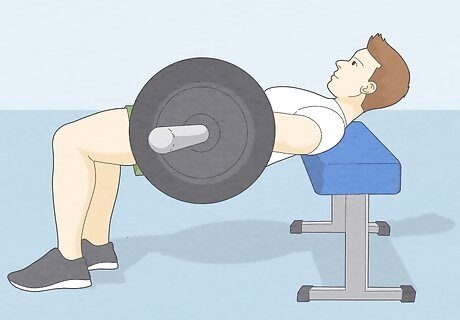
Try hip thrusts if you want to build strength and power. Glute bridges will warm up your muscles and if done in high repetitions, will build your muscular endurance. But because hip thrusts allow you to increase the involved weight and move through a wider range of motion, they build your muscular strength more efficiently than glute bridges. It’s easy to include both exercises in your routine! Do glute bridges first to warm up and activate your glutes, and then transition to hip thrusts to increase the range and power of your glute workout.
How to Do Glute Bridges
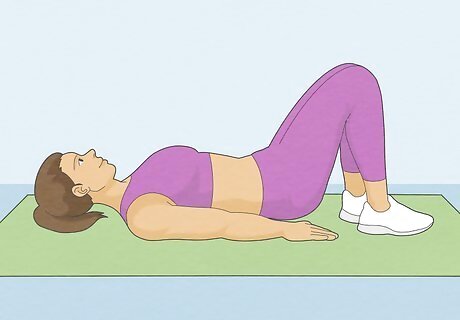
Lie on your back with your feet flat on the floor. Your knees will be up and your feet shouldn’t be too close or too far from your glutes. You’ll know your feet are placed at the right distance if you can reach your hands along the ground and just brush your fingertips on your ankles. If you start the exercise and feel like you’re engaging your hamstrings too much, you can adjust by moving your feet back and closer to your glutes.
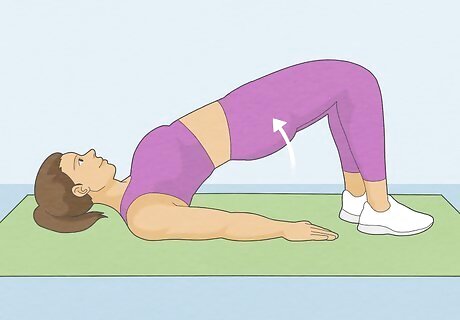
Squeeze your glutes to lift your hips. Tuck your pubic bone up toward your face and draw your belly button toward your spine. Aim to make your body into a straight, stable line once you’ve completely lifted your glutes up so that your spine doesn’t hurt. Don’t lift your hips too high to the point that you’re arching your lower back. Contract your core to prevent this from happening.
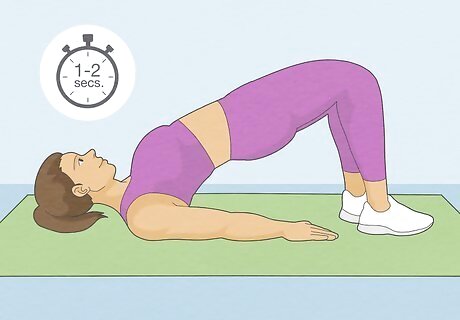
Hold for 1-2 seconds. Stay at the point of tension to get the most benefit from the exercise.
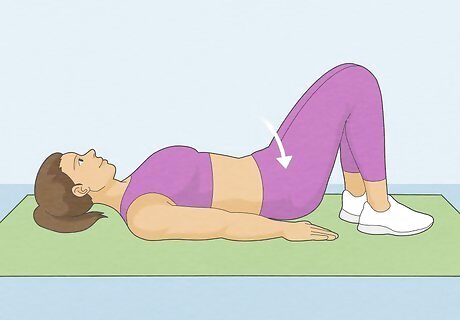
Slowly lower your hips until you’re barely above the floor. Keep your speed slow and steady during this step. Don’t release at the bottom of the motion because you want to keep tension in your muscles.
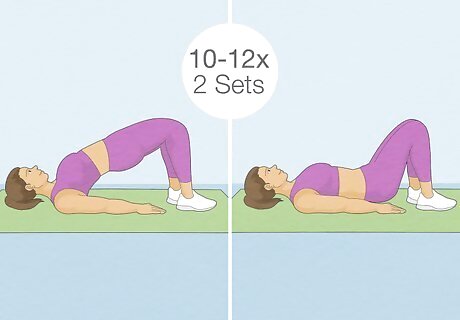
Repeat. Start by doing 2 sets of 10-12 repetitions, and increase as you get stronger. A more difficult variation for this exercise is to lift one leg straight in the air and resume the bridges using only one leg. This makes it harder for you to stay stable, which engages your core and challenges the remaining leg to lift your body weight.
How to Do Hip Thrusts
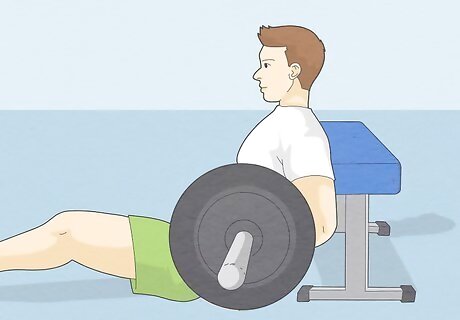
Grab a barbell and sit with your back against a bench. Place the barbell on top of your thighs, so it rests on your hips. Lean against the bench with your shoulder blades. Make sure the bench is supported so it doesn't move back when you put your weight on it. If the barbell feels heavy or abrasive over your hips, use a barbell pad or towel as an extra cushion.
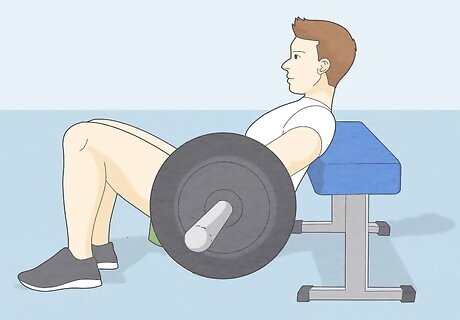
Place your feet flat on the floor with your knees bent. The closer your feet are to the bench, the more you'll feel the exercise in your glutes. Face your shins straight forward. This will prevent your knees from contributing too much to the exercise. Your glutes will propel your body upward.
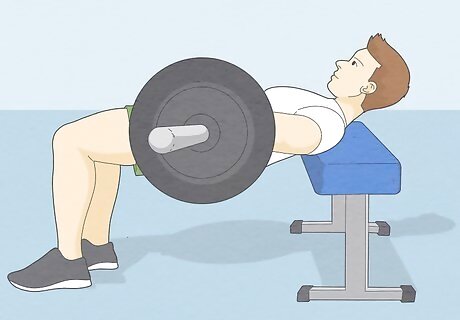
Grip the barbell and lift from your glutes. Bring your thighs parallel to the floor and your knees to a 90-degree angle, thrusting your hips and the barbell up. The power of the thrust should come from your glutes, and not from pushing off of the bench. Tuck your chin into your chest and tuck your tailbone to help stabilize your spine. This will prevent pain in your lower back.
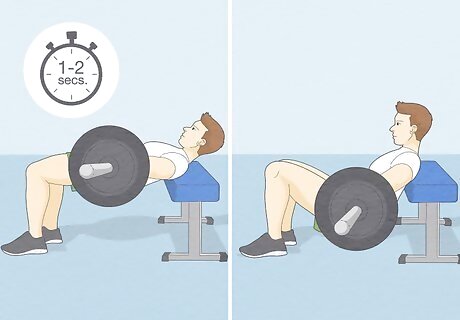
Hold for 1-2 seconds before lowering slowly. The top of the exercise is when you’ll feel the most tension, so holding this position and squeezing your glutes will give you a better workout.













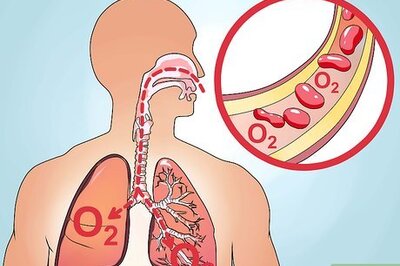




Comments
0 comment